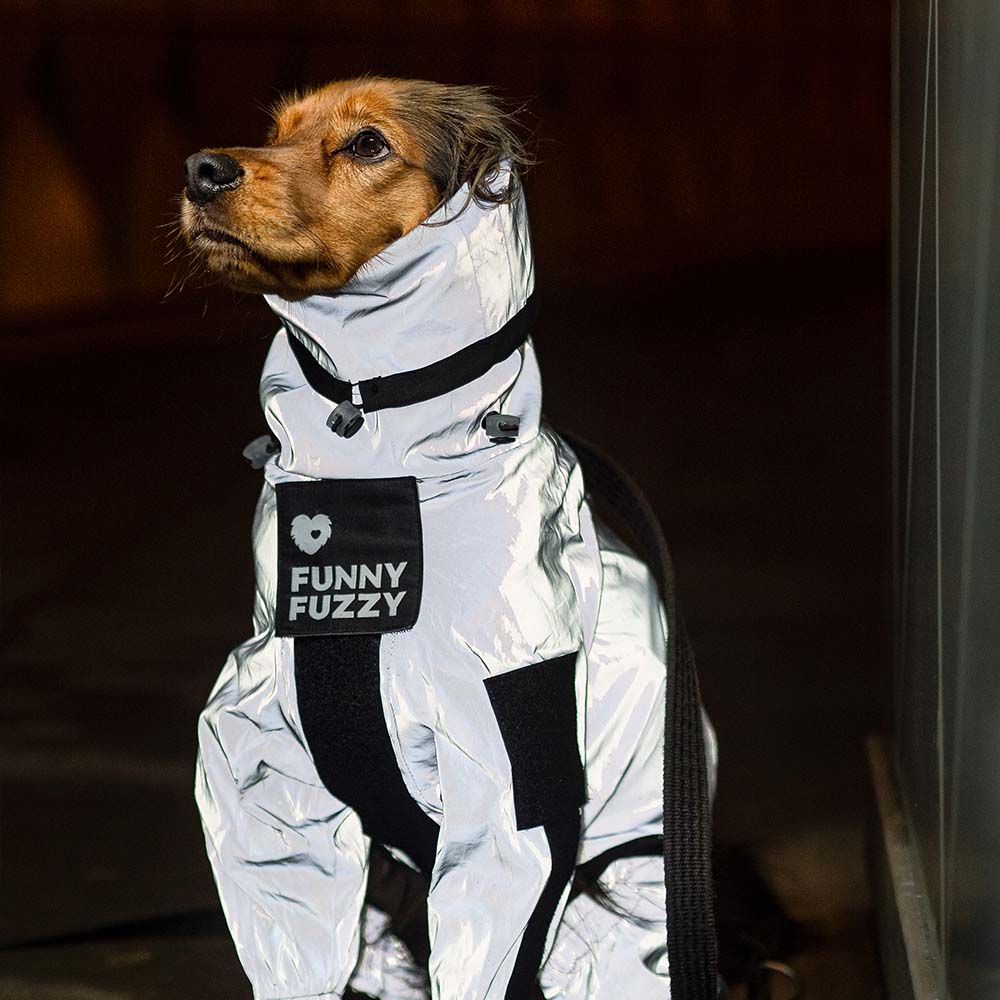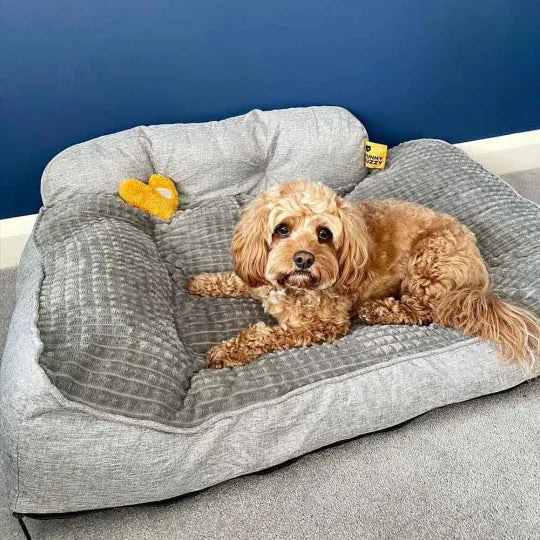Are Dogs color blind? It's a question that most dog owners have asked themselves at one point or another, but the answer is not just simple. Dogs can see colors, and you might be able to get some idea of how they see them by looking at the differences between how humans and dogs see specific colors. In this article, we will look at the fact that dogs can see colors and color blindness in dogs.

What Is Color Blindness?
Human beings and dogs both have color receptors in their eyes—the cones in the human eye sense green, red, and blue light. Dogs only have yellow and blue receptors because they can see blues and yellows, no reds or greens.
Humans with color-blindness typically have some deficiency in their ability to perceive color in the world around them. This is usually the result of a defect in the pigmentation of cones, which are cells that pick up light and determine how we see things based on brightness and wavelength. So, if someone has a missing pigment, they will normally have only two functional color receptors, whereas people without the disability have at least three.
The condition is known as dichromacy instead of trichromacy (the normal state of humans) because technically only two colors are perceived—not three—though it’s not always exactly black and white. The same is the problem with dogs and they are considered color blind.
Why Can’t Dogs See Like Humans?
Dogs have evolved to be hunters – and with those super sensitive sight capabilities, they need a space that allows their eyes the freedom to roam. Dogs also need to keep their eyes glued to their targets rather than focusing on everything around them, making them look at their surroundings indirectly.
This quality makes it possible for dogs to have both excellent nighttime and daytime vision because it takes more than 20 times longer for a human eye to adjust from looking at something far away than it does for a dog. And as one might assume from the dynamics of any type of hunting, dogs also need good peripheral vision because that means they need to have a panoramic range of viewing without having to turn their heads all the way around or straining much at all.
Dogs are color blind, although this isn’t very important to them since they have adapted their eyes in a way that allows for the most effective use of their senses. Dogs rely more heavily on their sense of smell, which gives them a strategic advantage when it comes to early detection. That sharp ability to sniff out danger lets them survive in the wild and be able to navigate their way back home in a time of distress, like during a hunting trip.

How Do Dogs Perceive Color?
The retina is the main thing that creates the critical difference between the color perception of dogs and humans. The retina contains a part of it called the rods which are extremely sensitive cells that catch images in low light conditions. These contain Carotenoids, pigments helpful in responding to dimly-lit surroundings.
However, they are ineffective at identifying color under bright lights because they were not designed for such situations. Then there are Cones located inside the dark layer right below the rods. They work in bright illumination and help color perception by functioning just like our normal vision.
Dogs have over twice as many rods (which detect motion) in their retinas as people do so that dogs can see more moving objects simultaneously. People can only see a few of them. The human retina includes three kinds of cone cells that each senses a different color. Our trichromatic vision produces the same variety of colors our minds demand: reds, greens, and blues.
Dogs are dichromatic. They have only two types of cone cells; one for dark-to-light adaptation and one for bright-to-dark. Only the dark to light senses color differences equally well in both eyes, so two images may be merged into a single blurry image by the brain.
Each color cone registers a different wavelength of light. The cones that humans use to see red and green help us appreciate the nuances in objects, such as something like a beautiful rose or the crackling peel. Dogs, who are color deficient, can sometimes only see black and white (as much as we love them, their visual world is not as colorful), but their remaining cones allow them to detect some shades of blue and yellow.
What Does This Mean To You And Your Dog?
Now that you know dogs can't necessarily see the same colors we do because of the cones inside their eyes, it figures color choice will be a real factor in dog product selection. It's likely not surprising that dogs behave differently toward yellow tennis balls compared to other colors.
It’s a known fact among dog owners (and anyone else who works with animals) that you should never use red as your dog’s fetch ball. When using something red, your dog will likely lose sight of it in the high grass or water. It also might be overlooked if you're training them to differentiate between two objects by using one red and one blue toy.
Unfortunately, many pet toys mimic these colors to make them bright and eye-catching to humans. Still, your dog can have trouble deciphering them amongst green grass or any other surrounding foliage that they may be in. This can be pretty frustrating as an owner who can’t understand why their beloved canine friend doesn’t show interest in a new toy or treat.
When selecting a product for your dog blanket, always select blue and yellow. If you're looking for an excellent blanket for your dog, one type that you should consider is leaf-shaped blankets. They are always a good choice. These blankets come in different varieties and have the softest touch. You can either let your pup lie on top of this blanket or tuck them in if they want to play around, but they will always be happy either way! One of the great things about these offerings is that they come in beautiful colors and are easy for your dog to identify.
Select this thick and squishy square bread bed if you want a dog bed. It looks like a big piece of bread that perfectly fits into your home decor. The foam bit at the bottom gives it that lovely soft feel, and the color blends in easily very well. This is going to be the ideal bed for your little ones!

Conclusion
Have you ever wondered if your dog could see in color? That question has been debated for a long time in the dog world, but it's only recently that scientists were able to get an answer by testing dogs' eyesight. In this blog post, you have learned what colors your dog can see easily and which colors are difficult for them to see.




